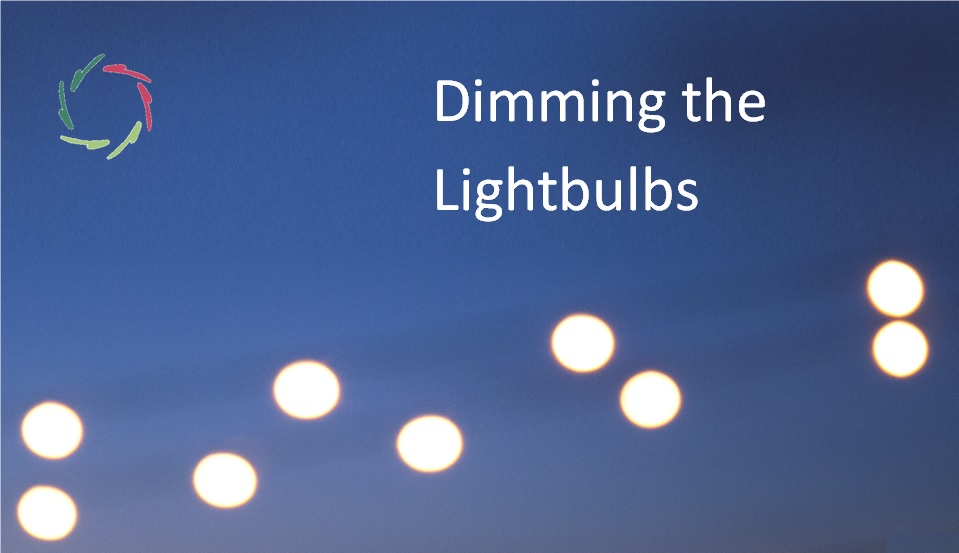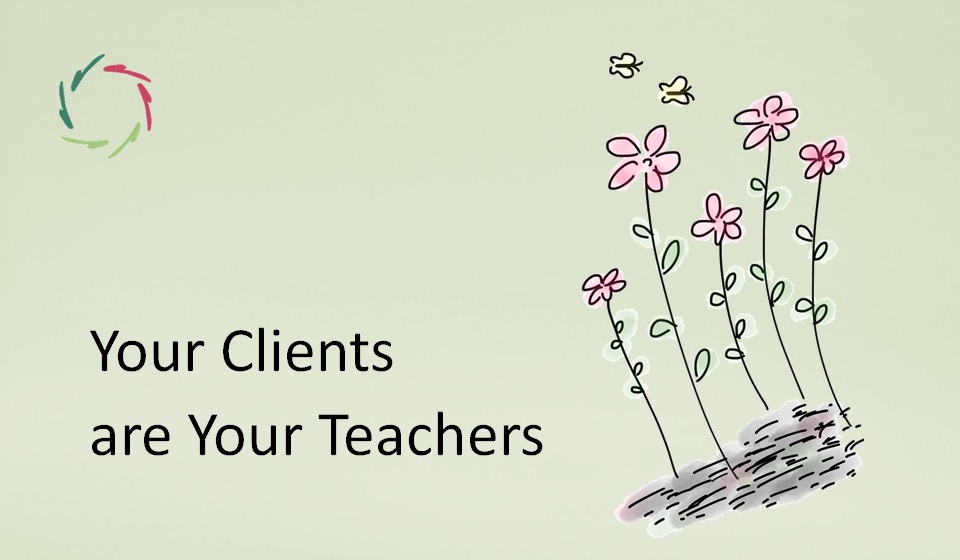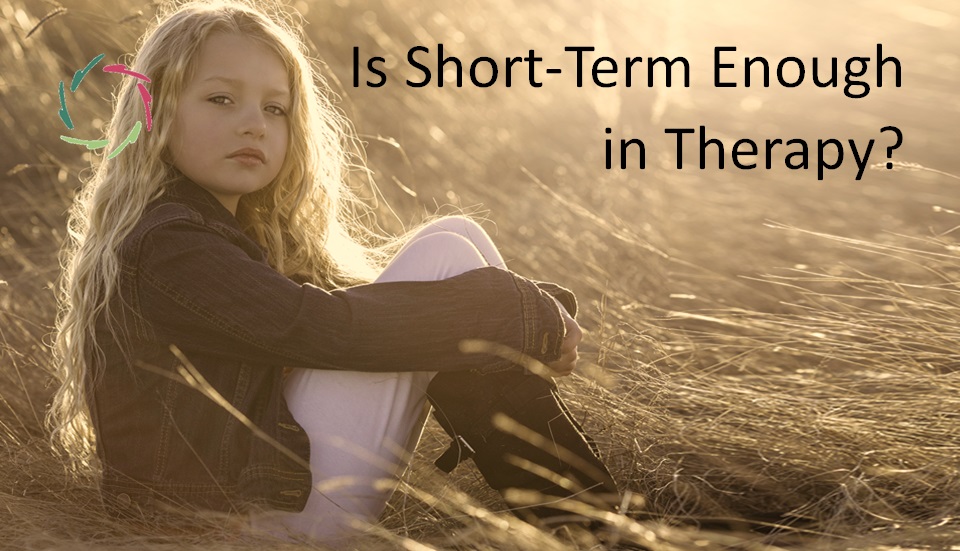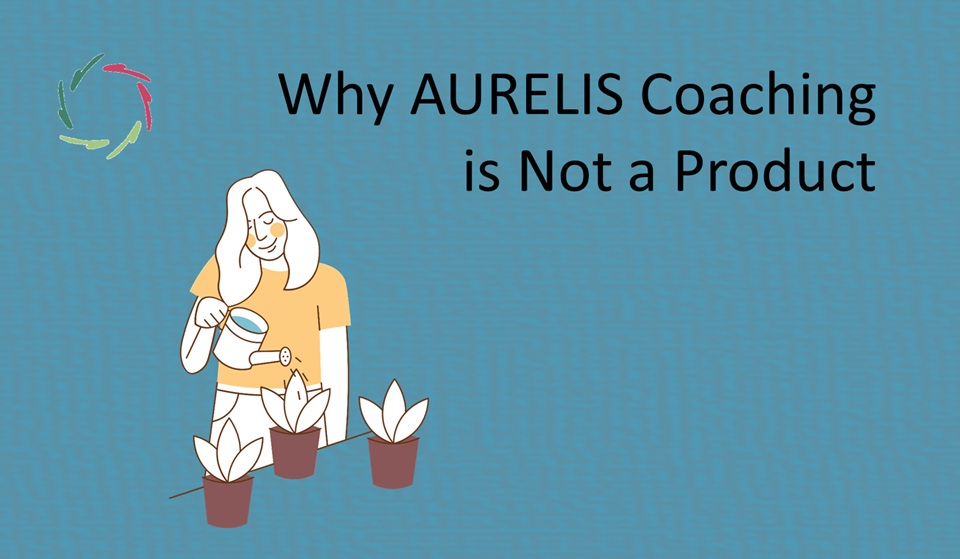Dimming the Lightbulbs

Imagine a large number of tiny lights as a kind of lightbulbs scattered in a room. These lights represent the purely conceptual thoughts in a person’s mental landscape.
This is conceptual thinking that also thinks about itself in a similarly conceptual way. In other words, this is ego-minded consciousness.
Also, imagine gleams behind the bulbs (or even intermediate gleams).
These are blurred, bigger, and more meaningful. Incandescent lamps that shine too brightly and continuously can be seen as a kind of light pollution for this glow scattered here and there. The strength of the lights prevents you from looking beyond these lights themselves.
If you can dim these lights (= dimming or ‘relaxing’ conceptual thoughts)
the gleams become clearer. The ‘broader patterns’ become visible. You can also set your conscious sight on these, making them more explicit.
This is about expanding consciousness.
This is deep attention: to one thing or to 1001 things – who cares…
This is ‘meditation’ as a short period of intense open attention. Not just open-to, but rather open-from.
And then, of course, you can also return
back and forth as you wish while appreciating the former lightbulb thoughts, allowing you to come to a much more complete view of the real reality.
Only then, really, only then do you see reality.
Of course, the underlying vaguer lights/gleams have always been present, even if you did not see them behind the lightbulbs.
The visibility of these lights is an action of ’emerging.’
This can give an aha feeling: it’s not present, and then it’s yet not present, but suddenly it is, and by seeing it, you also see that it may have been there for quite some time or that it even has always been there.
“You’ve been there a long time, and I didn’t see you. How could I have been so blind?” says the lover, the poet, the mystic, the ‘seer’…
This is also very relevant for excellent AURELIS coaching.
As a coach, you can first notice the underlying or intermediate within the person you are coaching. OR you may see it first within yourself, OR both at the same time. You might want to call it a kind of ‘clairsentience.’ But beware: it is not ‘clairvoyance’ in the sense that you could then see what simply cannot be seen.
An ‘Aurelian clairsentience’
This means: If you lower the walls of your ego, it is easier to look over it.
Then it is easier to see the coachee himself instead of your projections (lights). Then you see the deeper self of the coachee instead of just superficial lights. Then you look at the coachee ‘with eyes of soul.’
The quality of this is more outstanding depending on whether your ego does not stand in your way
Look at yourself this way, and you will SEE your deeper self.
This is, of course, not that obvious, nor is it harmless: if your ego does get in your way, it may seriously mislead you.
‘Detachment’ is super important in this context: detachment of direct feelings and thoughts, detachment from projections that ‘feel good,’ but that are like a cocoon within which you can become more and more trapped. So don’t be too easily satisfied when you see something. Let it come up as spontaneously as possible, involved on the other (‘overlap’).
The Spontaneous Practice
Practicing in making deeper associations in yourself as spontaneous as possible (as opposed to purely conceptual associations, which are just more lightbulbs) is a valuable activity for this. It’s what you can do in meditation, working around a specific insight or feeling. It is also more or less similar to ‘poetic inspiration.’ Writing poetry, especially insightful poetry, is an excellent exercise. Try to do it as well as possible every time. It doesn’t just help the coachee you’re specifically working with. It also helps you. It fills your bucket.
This is also the big difference between ‘little tricks’ and ‘AURELIS techniques.’
Little tricks mainly focus somewhere in between. They are tools that you use, but they do not dim the lightbulbs. On the contrary, these are rather strengthened. If you mirror someone by merely consciously imitating him, you even prevent the dimming. AURELIS techniques, on the other hand, are mainly there to apply yourself.
You are the tool.
Well-applied techniques are not used to do something but to make something happen. In this case, it is better to ‘relax’ your lights and those of the coachee. (auRELis).
A large part of the quality of this lies in being able to maintain a beginner’s mind. This means that you do not have to quickly respond to patterns that you recognize but do it again and again as if it were the first time. Of course, you do well always to respect your common sense
As an AURELIS coach, you always ask the coachee about the things you see.
You try to increase the certainty regarding the ‘broad patterns’ (= glows of light), e.g., 70%; 80%. If an even broader pattern emerges by dimming some pattern, the chance of accuracy increases from the previous to … 90%, etc. Of course, you let the coachee discover as much as possible, in terms such as:
“As to this, may you want to say that …?”
“Does this match the way you feel about it?”
In other words: there is some kind of cooperation between the two of you.
Your ‘clairsentience’ is also the clairsentience of the coachee.
OK. Two pairs of brain hemispheres work better than one.
Also significant here is something like:
“Have you ever looked at it this way before?”
“Is this new to you (and do you feel it belongs to you)?
For example, the coachee notices that this is new and worthy of all his attention PLUS he notices that this game of more profound awareness comes through you, which entails an excellent appreciation of AURELIS and your input.
This is also important for a lasting motivation of yourself.
There is nothing wrong with that, quite the contrary. At the same time, it also conveys the intention of a constantly fresh view. The coachee feels that something new is emerging, something original.
Well, depending on whether what you see is more underlying, it is always original because it is the source itself.


